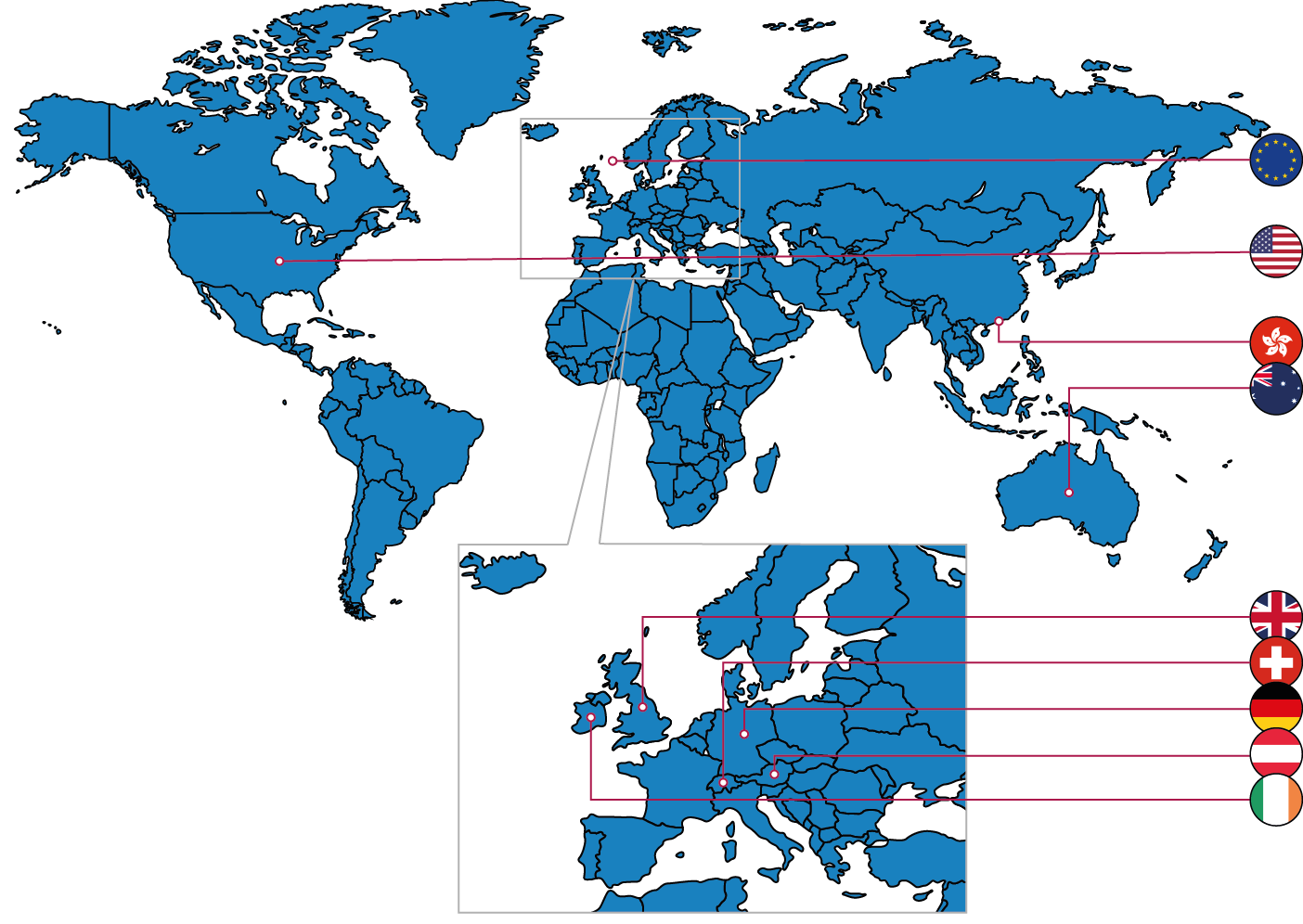Funders
Funding bodies are in a unique position to influence animal research practice and reporting standards, and thereby promote transparency and reproducibility in research reporting.
Funders aim to ensure that their investment in research leads to societal and economic returns. This requires research to be reported fully and transparently so that it can add to the knowledgebase and be used by others, ultimately leading to scientific progress.
Major funders support and endorse ARRIVE. The guidelines have contributed to the understanding of the issues that compromise reproducibility, and prompted actions to improve the situation. For example, following the publication of the original ARRIVE guidelines in 2010, major UK funders changed their guidance to grant applicants. In line with ARRIVE, they now explicitly mandate a comprehensive description of the study design, including plans to minimise experimental bias, an explanation on how the number of animals to be used was determined, and detailed statistical analysis plans to ensure that peer reviewers and panel members can fully assess the rigour and validity of the proposed research.
To promote rigorous methodology, funders can align their requirements with the ARRIVE Essential 10: the items representing the basic minimum to include in a manuscript, and without which readers and reviewers cannot assess the reliability of the findings.
How can funders use and promote the ARRIVE guidelines?
Funders interact with researchers from the start of the research process, and therefore have the opportunity to promote resources to improve the reporting, design and conduct of animal experiments. For example, funders can:
- Make reporting animal research in adherence to the ARRIVE guidelines a condition of receiving funding, or recommend their use:
|
"It is a condition of funding that researchers working with animals act strictly in accordance with law and comply with cross-funder guidance documents published by the NC3Rs, in particular ‘Responsibility for the use of animals in bioscience research’ and the ARRIVE Guidelines" Cancer Research UK - Policy on the use of animals in research |
|
"For the analysis and reporting of results, the DFG expects you to comply with established international standards, such as the ARRIVE guidelines" Deutsche Forschungsgemeinschaft - Guidelines: Reinhart Koselleck/Walter Benjamin Projects |
- Highlight the ARRIVE guidelines as part of in-house reporting standards:
|
"Journals should... encourage the use of community-based standards (such as nomenclature standards and reporting standards like ARRIVE), where applicable." National Institutes of Health (NIH), USA - Principles |
- Use the ARRIVE guidelines to define the experimental design information that researchers should report in applications:
|
"Journals and funders are increasingly requiring or encouraging researchers to report critical elements of their study design and analysis in reports and applications, often by using tools such as the ARRIVE guidelines. " NIH, USA - ACD working group on enhancing rigor, transparency |
- Highlight the benefits of the ARRIVE guidelines in guidance to applicants, for example:
|
"The NC3Rs ARRIVE guidelines, for example, lay out criteria that should be met in reporting animal studies in order that their results and conclusions can be properly evaluated by readers. These criteria address a range of issues relating to transparency and validity of experimental design, the avoidance or minimisation of bias and the adequacy of statistical aspects of the study including statistical power and appropriate statistical analysis." Medical Research Council - Guidance to Applicants |
- Actively promote ARRIVE resources, including explanation and elaboration information, checklists, the compliance questionnaire, translations, and pocket sized hard copies of the guidelines, during communications with grant holders using animals.
- Monitor or audit compliance with the ARRIVE guidelines in animal research papers published by grant holders. Opportunities to monitor compliance include mid-term or end of grant reports, or as part of grant holders' submissions to research impact trackers such as Researchfish.
Funders recommending use of the ARRIVE guidelines
Click on a country name on the map below to see the list of funding organisations that recommend use of the ARRIVE guidelines
 |
|
|
|
| Back to map | |
| Back to map | |
|
|
|
|
| Back to map | |



